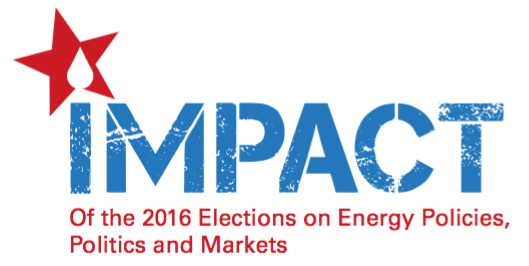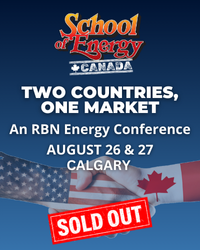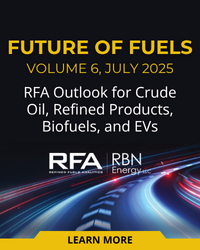If East Coast refiners bought their crude at the wellhead in North Dakota during February 2016 they would have paid average prices of about $4.90/Bbl below U.S. Benchmark West Texas Intermediate (WTI) at Cushing, OK – which works out at about $26.25/Bbl (price estimates from Genscape). If they shipped that crude by rail to refineries in Philadelphia, PA on the East Coast they would have paid about $14/Bbl rail freight - meaning the delivered cost of crude would be $26.25 + $14 or $40.25/Bbl. Alternatively they could have simply imported Bakken equivalent light sweet crude priced close to international benchmark Brent for an average $34/Bbl – saving a minimum of $6.25/Bbl. Today we describe how these economics have had a detrimental impact on crude-by-rail (CBR) shipments to the East Coast.
Recap
This is Part 5 in our series updating the sorry state of the CBR business in North America in 2016 compared to its heyday a few years back. In Part 1 of this series we noted CBR declines in response to narrower spreads between U.S. domestic crude benchmark WTI and international equivalent Brent. The lower spreads reduce the incentive to move crude from inland basins to coastal refineries by rail because the latter is a more expensive transport option compared to pipelines. CBR became a big deal when WTI was discounted to Brent by upwards of $25/Bbl in 2011 and 2012 because of congestion caused by a lack of pipeline capacity. Back then it made a lot of sense to use rail to get stranded crude to market. As a result U.S. CBR shipments grew from 33 Mb/d in January 2010 to a peak of 928 Mb/d in October 2014 (according to the Energy Information Administration - EIA).
As new pipelines have been built out to provide less expensive options to get stranded crude to market so the WTI discount has narrowed and CBR traffic has declined. Primarily in response to the narrowing spread – overall CBR volumes fell during 2015 but not as fast as you might expect – dropping only 30% between January and December 2015 (latest EIA data) even though spot market economics for rail shipments often made no sense. As we discussed in Part 2 – looking at the epicenter of the CBR boom in North Dakota – the slower than expected decline in rail shipments is mostly because committed shippers and refiners continue to use rail infrastructure that they invested in and because some routes still do not have pipeline access. In Part 3 we looked at CBR traffic out of the Niobrara shale region in the Rockies. Rail load terminal infrastructure there was built in Colorado and Wyoming in response to increased crude production from the Niobrara shale over the past 4 years. Now although crude production in the region is down from 2014 peaks and expected to only grow slowly in the next 5-years (at best) if oil prices stay low – midstream companies continue the build out and expansion of rail terminals as well as new pipelines. In Part 4 we looked at the fate of CBR load terminals in Western Canada that are “overbuilt and underutilized” in today’s low crude price environment and have so far only played a marginal role in getting Canadian crude to market. This time we turn to CBR market destinations – beginning with the East Coast.
Impact of the 2016 Elections on Energy Policies, Politics and Markets
An Executive Forum from RBN, Sutherland and Goldwyn to Examine Future Washington Directions
The Houstonian, Houston, Texas, May 10, 2016
For More Information Click Here
As we just said, overall U.S. CBR volumes declined 30% in 2015 in response to narrower crude spreads and the build out of pipeline networks that provided cheaper alternative routes to market. At the same time, the proportion of all U.S. CBR movements being shipped to the East Coast has been increasing – largely because shipments to the Gulf Coast have declined with the build out of pipelines. Data from the EIA monthly rail movements report shows that shipments to Petroleum Administration District for Defense 1 (PADD 1 – the eastern seaboard) increased from an average 11% of total U.S. CBR shipments during 2012 to 35% in 2014 and 44% in 2015. The vast majority of those CBR shipments to the East Coast come from PADD 2 - which primarily means North Dakota. As we shall see - this sticky market share for CBR to the East Coast has less to do with economics - that have largely turned sour - and more to do with refiners fulfilling contractual obligations that require them to either ship crude through rail load and unload terminals or pay terminal fees anyway. In the case of East Coast CBR that means refiners deciding whether to continue shipping by rail at a loss or just pay the terminal fees and import cheaper crudes to meet their feedstock needs.
Join Backstage Pass to Read Full Article










